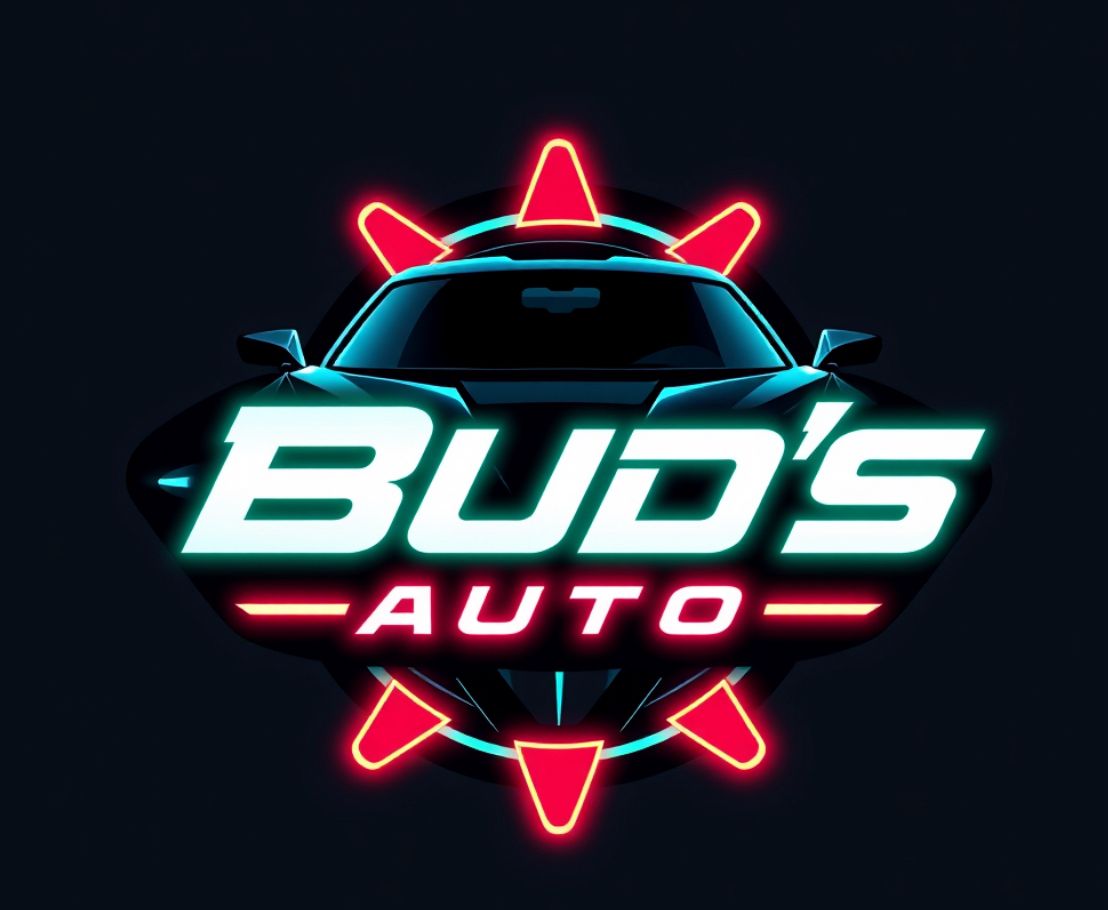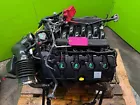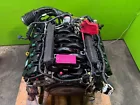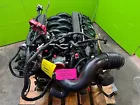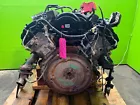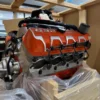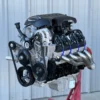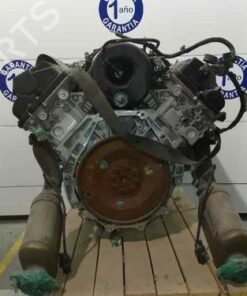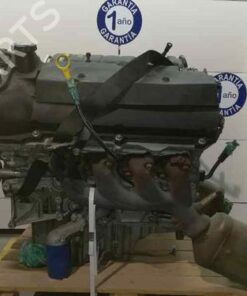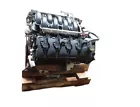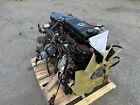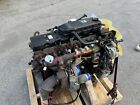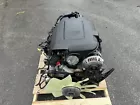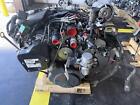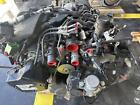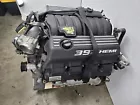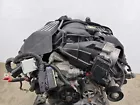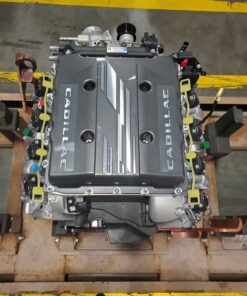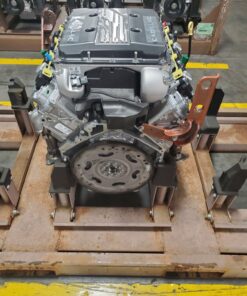Here’s a clearer, richer look at the COYOTE 5.0 ENGINE—the powerhouse behind many Mustangs, F‑150s, and even crate-engine swaps:
Overview & Specs
Production & Design.
-
Introduced in the 2011 model year for the Mustang GT and F‑150; built at Ford’s Windsor, Ontario plant
-
Aluminum block and heads, DOHC, 4 valves per cylinder, cam-torque-actuated Ti‑VCT Bore × stroke near-square: ~3.63″ × 3.65″ (92.2 × 92.7 mm).
-
Displacement: ~4.951 L on Gen 1–2; bumped to ~5.035 L in Gen 3
Generational Breakdown & Output
-
Gen 1 (2011–2014)
-
Mustang GT: 412–420 hp, 390 lb‑ft.
-
F‑150: 360 hp, 380 lb‑ft Mustang GT: 435 hp, 400 lb‑ft. Improved heads, springs, cams, intake w/ CMCV Gen 3 (2018–2023)
-
Mustang GT: 460 hp, 420 lb‑ft; Gen 3 adds high-pressure direct injection, plasma-sprayed liners, 12:1 compression, and redline to 7 k rpm F‑150: 395 hp, 400 lb‑ft
-
-
Gen 4 (2024‑present)
-
Mustang GT/Dark Horse: up to 480–500 hp; new “Gen IV” hardware: dual intake, forged rods/crane
-
Reliability & Known Concerns
-
Widely considered very reliable, with many exceeding 150,000–200,000+ miles.
-
Common issues:
-
Early Gen 1: mild idle knock, oil consumption.
-
VCT solenoids on Gen 2/3 occasionally fail.
-
Timing chain stretch on high-mile or hard-driven units.
-
Gen 3 direct injection brings carbon build-up, but dual injection reduces it
-
-
“The Coyote engine itself is a beast of a motor … reliability comparable to the best … true worthy successor to the 302 Windsor.”
Gen 2 is often called “hands down the very best 5.0 Coyote” for reliability and drivability
Crate Engines & Performance Versions
-
Ford Performance Gen 3 crate engine (M-6007-M50C/AUTO) delivers 460 hp/420 lb‑ft. Selling for ~$11,635 MSRP with full build: high-flow heads, DOHC, Ti‑VCT, plasma-block, etc.
-
Stage 1 builds with Gen 3 core (~$8,900) provide similar specs .
-
There are special variants:
-
Roadrunner (Boss 302): stiffer springs, bigger cams.
-
Voodoo (flat-plane crank) & Aluminator (cross-plane high output, up to ~580 hp).
-
Predator (supercharged, Shelby GT500): up to ~700 hp
-
Summary Table COYOTE 5.0 ENGINE
| Gen | Years | Mustang HP | F‑150 HP | Notes |
|---|---|---|---|---|
| 1 | 2011–14 | 412–420 | 360 | DOHC, Ti‑VCT, break-in issues |
| 2 | 2015–17 | 435 | 360 | Strongest reliability sweet spot |
| 3 | 2018–23 | 460 | 395 | Direct+port injection, high comp |
| 4 | 2024+ | 480–500 | — | Dual intakes, forged internals |
Is It Right For You?
-
Exceptional blend of performance and real-world reliability—great for street, track, or swaps.
-
If you’re buying used, Gen 2 (2015–17) is often recommended for its optimal balance.
-
New builds or swaps? Gen 3 crate engines are turnkey 460 hp systems with solid internals.
